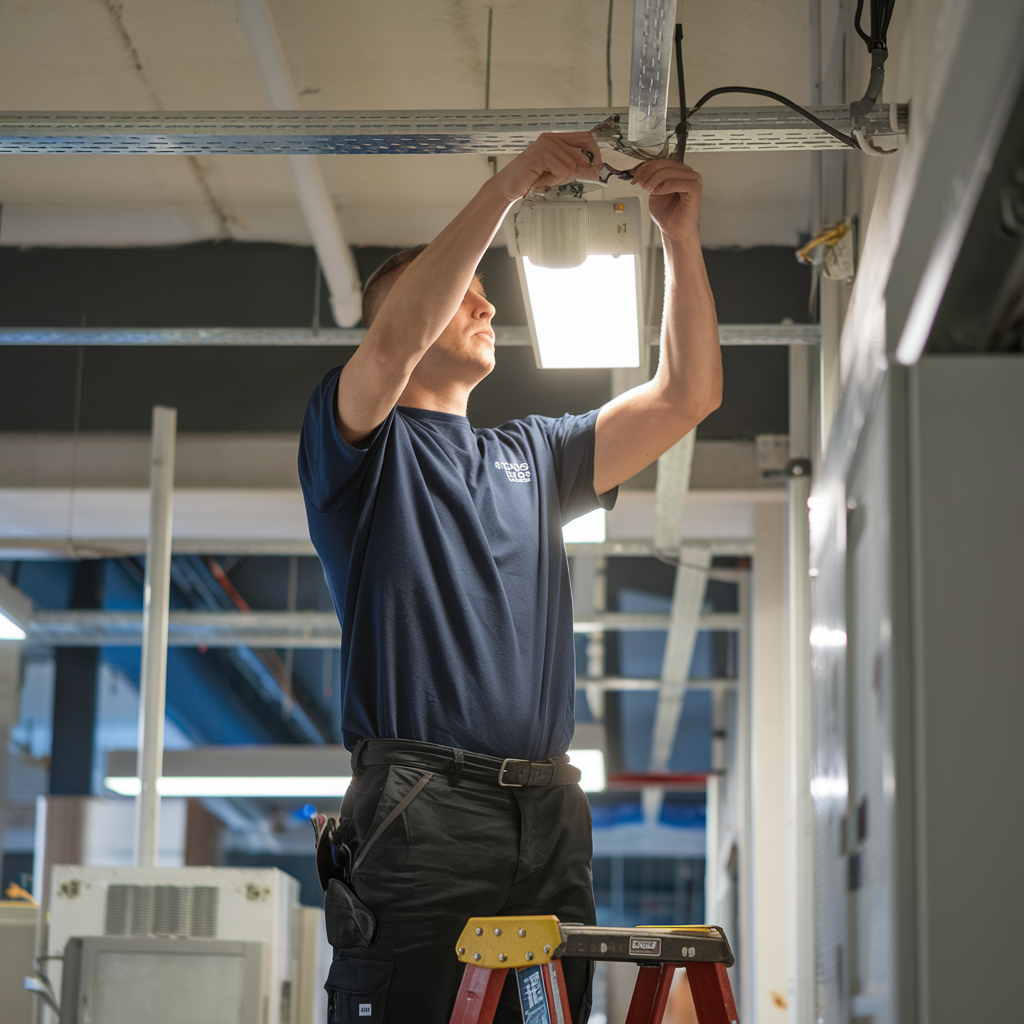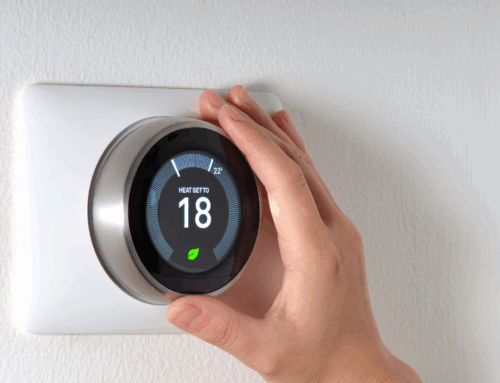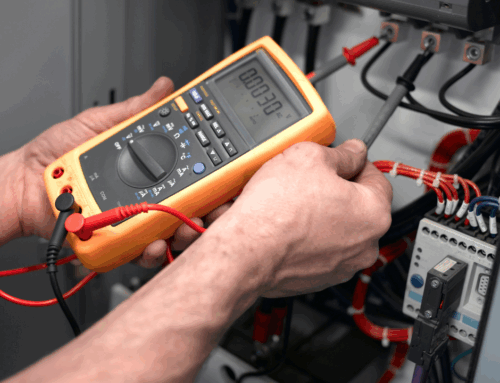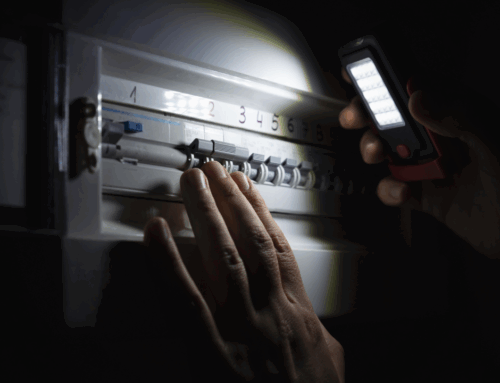Managing the electrical systems in commercial buildings can be complex and challenging. As businesses grow and technologies evolve, various electrical challenges may arise, impacting operational efficiency and safety.
1. Outdated Electrical Infrastructure
One of the most significant challenges faced by many commercial properties is outdated electrical infrastructure. Many older buildings were not designed to accommodate the power demands of modern technology, leading to issues such as frequent circuit overloads and insufficient power supply.
Solution: Business owners should conduct regular electrical audits to assess their infrastructure. Upgrading wiring, circuit breakers, and panels can enhance capacity and reliability. Consulting a qualified electrician can help identify necessary upgrades and ensure compliance with current safety standards.
2. Load Management Issues
Effective load management is crucial in commercial buildings to ensure that electrical systems operate efficiently without overloading circuits. Poor load management can result in flickering lights, tripped breakers, and, in severe cases, electrical fires.
Solution: Implementing a comprehensive load management plan is essential. This plan should include monitoring energy consumption patterns, staggering the use of high-demand equipment, and upgrading to energy-efficient systems. Installing smart meters can provide real-time data, helping businesses manage their electrical load effectively.
3. Voltage Fluctuations
Voltage fluctuations can lead to unreliable performance of electrical equipment, affecting productivity and potentially causing damage. These fluctuations can occur due to factors such as high demand during peak hours or poor connections within the electrical system.
Solution: Regular maintenance checks can help identify and rectify issues that may cause voltage fluctuations. Installing voltage stabilisers or uninterruptible power supplies (UPS) can protect sensitive equipment from damage caused by unstable voltage levels.
4. Insufficient Circuit Capacity
As businesses expand, their electrical needs often increase. Insufficient circuit capacity can lead to frequent tripping of breakers and insufficient power supply to essential equipment. This is especially common in retail spaces, where the demand for power can fluctuate dramatically.
Solution: Conducting a load analysis can help determine if existing circuits can handle current and future electrical demands. If necessary, installing additional circuits or upgrading existing ones can provide the necessary capacity and prevent outages.
5. Electrical Safety Compliance
Commercial buildings must adhere to strict electrical safety regulations to protect employees and customers. Non-compliance can result in legal penalties and pose serious safety risks. Common compliance issues include outdated equipment, improper wiring, and insufficient emergency lighting.
Solution: Regular inspections and maintenance are vital for ensuring compliance with safety regulations. Business owners should work with qualified electricians to conduct routine safety audits, addressing any issues promptly to avoid potential hazards.
6. Inefficient Lighting Systems
Inefficient lighting systems can lead to excessive energy consumption and higher utility costs. Poorly designed lighting can also affect the working environment, leading to employee discomfort and decreased productivity.
Solution: Upgrading to energy-efficient lighting solutions, such as LED fixtures, can significantly reduce energy costs and improve overall lighting quality. Implementing smart lighting controls, such as motion sensors and dimmers, can further enhance energy efficiency while providing adequate illumination.
7. Emergency Power Supply
Many commercial buildings rely heavily on electricity for daily operations. In the event of a power outage, businesses can experience significant disruptions, leading to lost revenue and operational challenges.
Solution: Installing a reliable backup power supply, such as a generator or battery backup system, can ensure continuity during outages. Regular testing and maintenance of these systems are essential to ensure they function effectively when needed.
Addressing electrical challenges in commercial buildings is crucial for maintaining operational efficiency and safety. By understanding common issues such as outdated infrastructure, load management problems, voltage fluctuations, insufficient circuit capacity, compliance requirements, inefficient lighting, and emergency power supply, business owners can take proactive steps to mitigate risks. Regular maintenance, upgrades, and consultation with qualified electricians can help ensure a safe, efficient, and compliant electrical system that meets the evolving needs of any commercial environment. Investing in these areas not only enhances safety and efficiency but also contributes to the long-term success of the business.







Leave A Comment